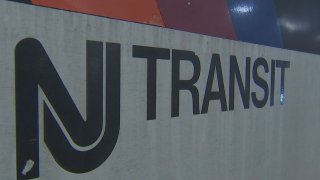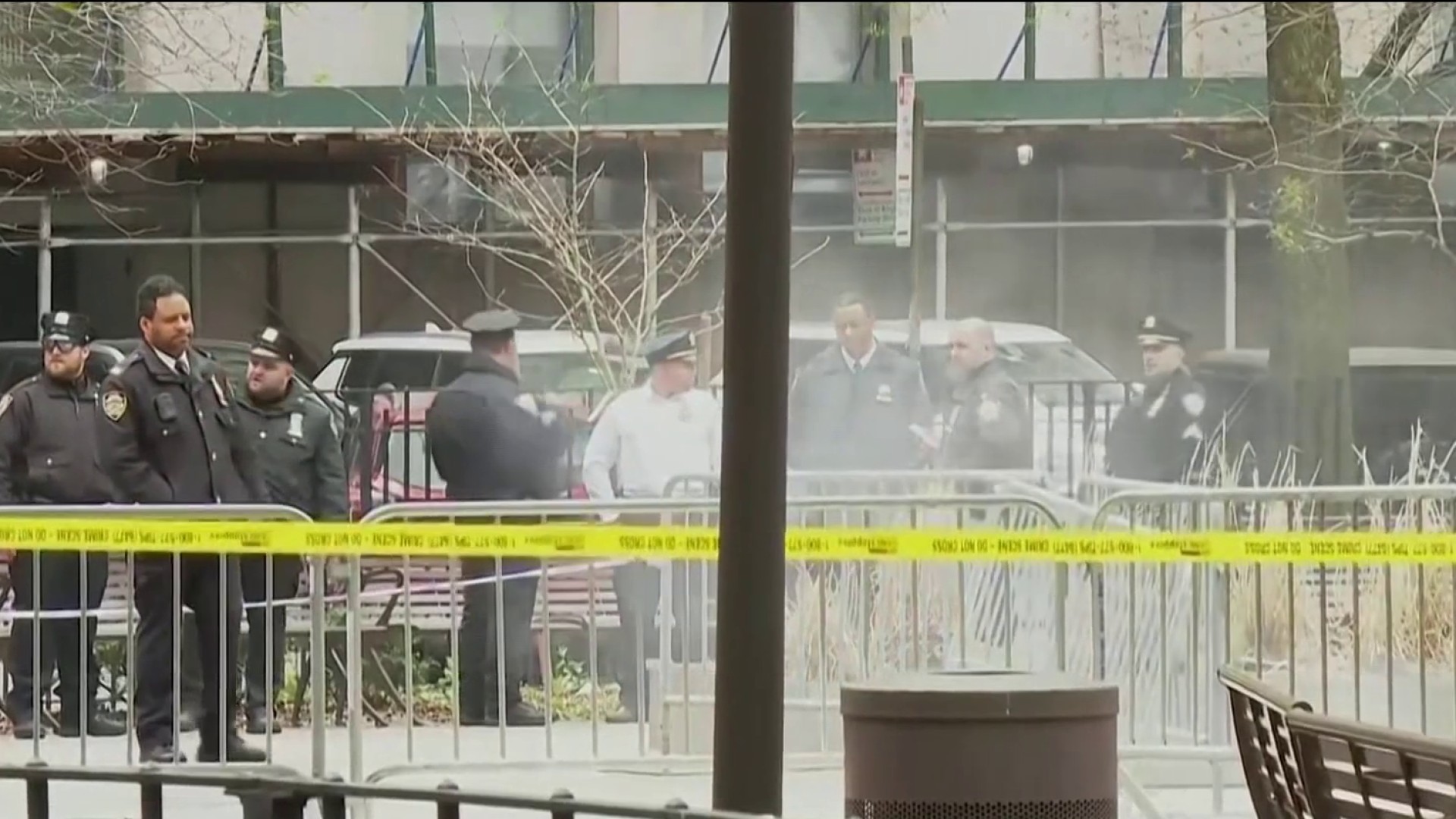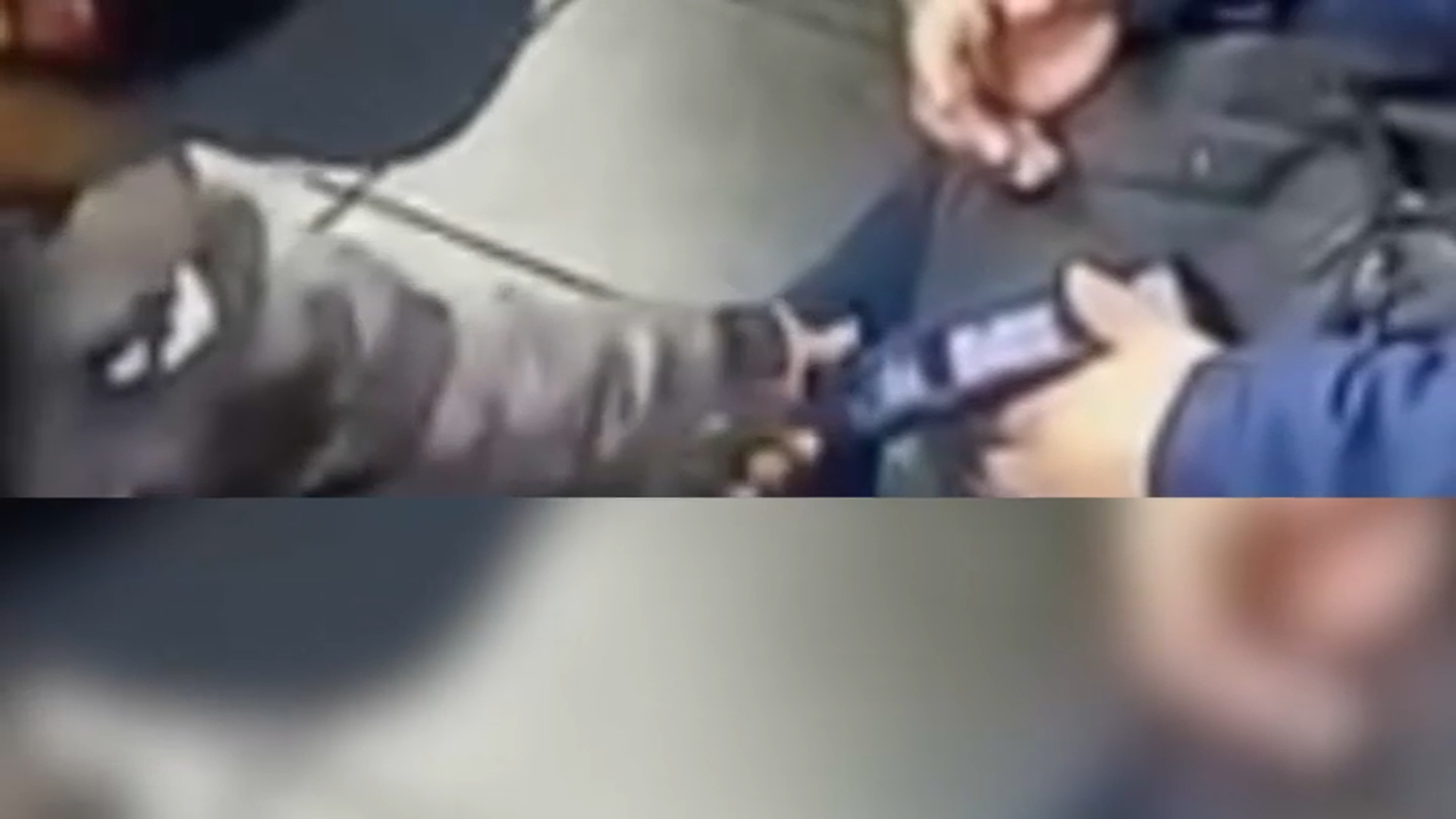
What to Know
- NJ Transit may a crucial deadline for completing a required emergency braking system on its trains, a state auditor concluded
- The report also found that the cost of the system, known as positive train control, has more than doubled, from a budgeted amount of $225 million to about $500 million
- All U.S. railroads are required to have the braking system working by Dec. 31 to avoid heavy fines and possible service curtailments
New Jersey Transit is in danger of missing a crucial deadline for completing a federally required emergency braking system on its trains, a state auditor concluded in a report published Thursday.
The report by State Auditor Stephen Eells also found that the cost of the system, known as positive train control, has more than doubled, from a budgeted amount of $225 million to about $500 million.
All U.S. railroads are required to have the braking system working by Dec. 31 to avoid heavy fines and possible service curtailments. NJ Transit and many other railroads received a two-year extension from an earlier deadline of Dec. 31, 2018.
"It is debatable whether NJT will meet the full implementation deadline of December 31, 2020," Eells wrote.
In a response included in the report, NJ Transit said it has been hampered by software delays by a contractor but that it is seeking approval from federal regulators for a revised schedule that will still allow it to meet the end-of-year deadline.
Positive train control can automatically stop a train when its engineer is incapacitated or unable to operate controls. It was mandated by federal regulators after a 2008 commuter rail crash in California that killed 25 people, but it has taken years for the nation's freight and passenger railroads to install the complex system on locomotives and trackside infrastructure.
News
NJ Transit's installation, which had lagged for several years, gained more impetus after a 2016 crash at the Hoboken terminal killed a woman and injured hundreds. Beginning in early 2018, new NJ Transit head Kevin Corbett made it a priority but it has come with consequences for riders as trains have had to be taken out of service, forcing service cutbacks.
The system was installed on 413 of 440 trains by last fall, Thursday's report said, but due to software issues it hasn't yet been tested on trains in regular service as originally planned.
Thursday's report also found that of 174 railroad bridges owned by NJ Transit that are considered in poor or bad condition, 47 have not been prioritized for inclusion in a repair plan.
In its response, NJ Transit said all its bridges are safe and that its bridge inspection program meets federal standards. It also wrote that a bridge could have crumbling masonry in localized areas that could cause it to receive a poor rating but not compromise safety.
"Simply put, a bridge having a condition rating of poor on one of its components may have no impact on the bridge's ability to safely carry rail, automobile or pedestrian traffic."



